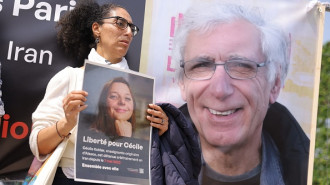Tunisia, 10 years since its Arab Spring revolt
A decade ago, a downtrodden Tunisian fruit seller set himself on fire, unleashing protests that would prompt the country's longtime dictator to flee and the Arab Spring to sweep the region.
Here is a timeline of the events that have unfolded since:
On December 17, 2010, Mohamed Bouazizi, a young university graduate who has only been able to find work as a fruit seller, burns himself to death to protest police harassment and unemployment in the central town of Sidi Bouzid, setting off rioting in the struggling region.
He dies of his injuries on January 4, 2011.
Protests spread across the North African country.
After weeks of unrest in which 338 people are killed, dictator Zine El Abidine Ben Ali flees on January 14, ending 23 years in power. He will die in exile in 2019.
He is the first leader to be toppled by the Arab Spring uprisings, which spread across the region like wildfire.
In October 2011, Tunisia's first free election sees Islamist group Ennahdha win 89 of 217 seats in a new assembly.
It elects former opposition leader Moncef Marzouki as president in December.
In April 2012, police clash with thousands of jobless protesters in the southwestern mining belt.
More violent demonstrations follow in June and August, with jihadists also staging attacks.
A series of strikes and demonstrations impact industry, public services, transport and business, with unrest mostly concentrated in the economically marginalised interior.
In February 2013, prominent leftist opposition leader Chokri Belaid is assassinated in Tunis.
In July, fellow leftist Mohamed Brahmi is also shot dead.
Islamic State (IS) jihadists claim both killings, which fuel a crisis.
In January 2014, a new constitution is adopted. A government of technocrats is formed and Islamists withdraw from power.
In October, the secular Nidaa Tounes party led by Beji Caid Essebsi comes out top in parliamentary polls and forms a coalition with Ennahdha.
Two months later, Essebsi wins Tunisia's first free presidential election.
In 2015, Tunisia suffers three attacks claimed by IS jihadists that leave 72 dead, mostly foreign tourists and security personnel at the Bardo museum in Tunis and a coastal resort.
In 2016, jihadists attack security installations in a town on the Libyan border, killing 20 people including seven civilians.
In January 2016, a new wave of protests erupts after the death of a young unemployed man in a demonstration.
At the beginning of 2018, protests erupt after an austerity budget takes effect.
In legislative elections in October 2019, Ennahdha takes the most seats but is far short of the 109 needed to govern.
A week later, a conservative academic with no previous political experience, Kais Saied, is elected president.
In September 2020, MPs vote in a government of technocrats.
In the 10 years since the revolution, Tunisia has had nine governments, some of which have lasted only a few months, hindering the reforms necessary to revamp its struggling economy.
On July 25, 2021, following a day of protests against Ennahdha, Saied announces the suspension of parliament for 30 days, and the dismissal of Prime Minister Hichem Mechichi.
The move comes against a backdrop of a deepening health crisis as coronavirus cases in the country skyrocket, with the government criticised for its handling of the pandemic.
Ennahdha denounces Saied's actions as a "coup d'etat against the revolution and against the constitution".

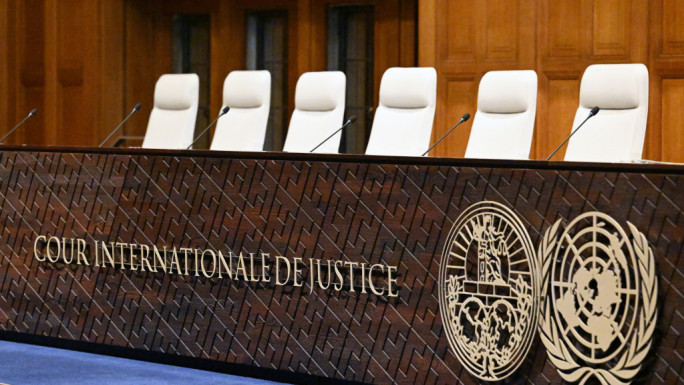
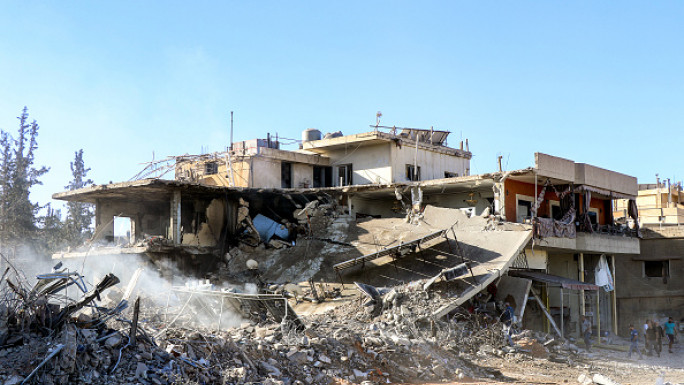
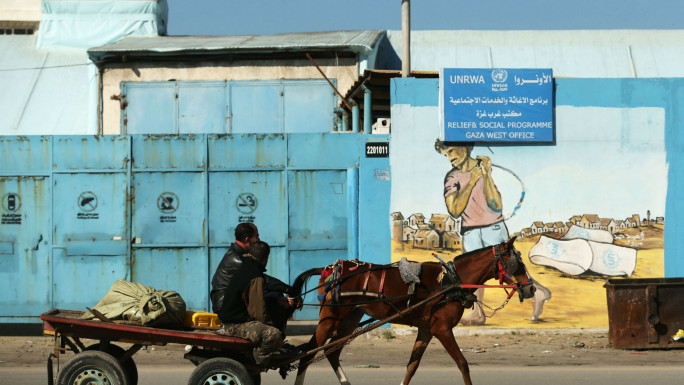

 Follow the Middle East's top stories in English at The New Arab on Google News
Follow the Middle East's top stories in English at The New Arab on Google News
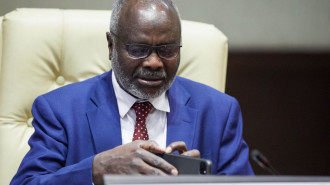
![The law could be enforced against teachers without prior notice [Getty]](/sites/default/files/styles/image_330x185/public/2178740715.jpeg?h=a5f2f23a&itok=xMdFOAIF)
